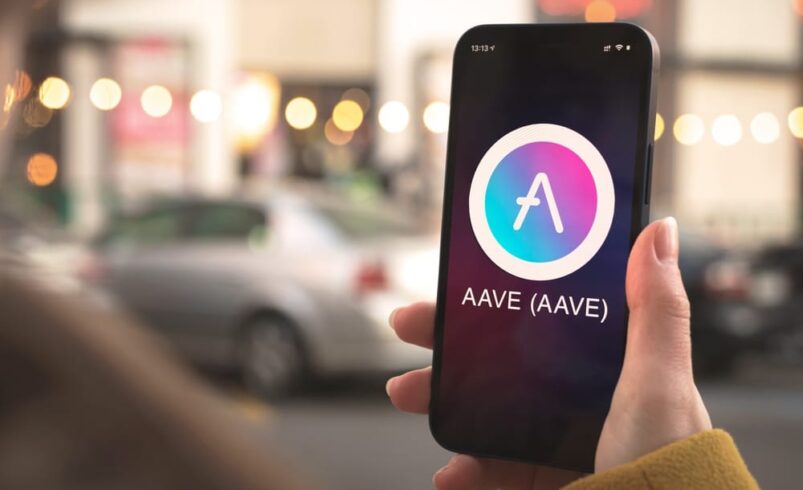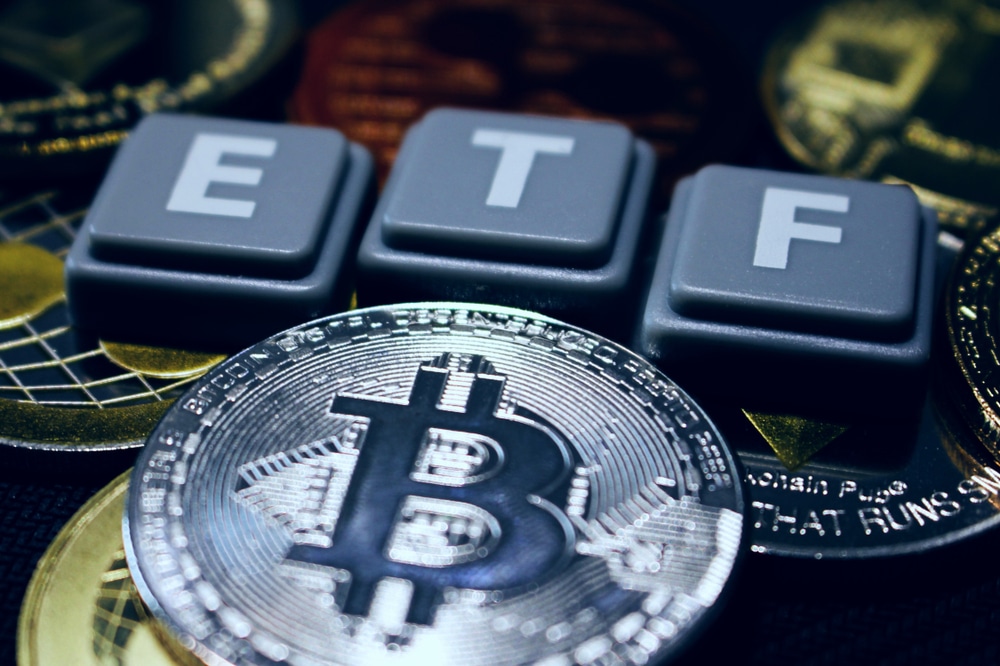A Comprehensive Guide to Aave: Revolutionizing Decentralized Finance

Blockchain technology has given rise to various applications, one of the most notable being decentralized finance (DeFi). This technology seeks to conduct financial transactions without intermediaries. One platform developed using Ethereum’s smart contract feature is Aave, a prominent DeFi lending platform.
Aave offers various services, from cryptocurrency lending and borrowing to providing flash loans and facilitating arbitrage trading, underscoring the potential of decentralized financial systems. This article will delve into the essence of Aave, its functioning, and potential risks.
Understanding Aave
Aave is a decentralized DeFi platform that allows users to lend and borrow digital currencies. Built on the Ethereum blockchain, it harnesses the power of smart contracts to automate lending and borrowing processes.
Stani Kulechov introduced ETHLend in 2017, gathering $16.2 million during the initial coin offering (ICO) of the LEND tokens. In 2018, the project rebranded and became “Aave,” shifting its focus from peer-to-peer transactions to liquidity pools. The LEND tokens transitioned to Aave at a 100:1 ratio, reducing the token supply to 16 million.
In a short span, Aave surpassed several established DeFi platforms regarding total value locked (TVL). As of the latest data from DefiLama, Aave holds a TVL of $4.779 billion, positioning it as a significant DeFi lending entity.
To promote cross-chain functionality, Aave has extended its reach to various blockchains such as Fantom, Arbitrum, Optimism, and Harmony. Enhancing its platform’s versatility, Aave introduced its native stablecoin, $GHO, in June 2023. Users can create GHO tokens by providing collateral and utilizing them within the platform.
Functionality of Aave
Initially, Aave relied on a peer-to-peer system to connect lenders and borrowers. However, the platform now uses liquidity pools to serve this purpose. Ethereum’s smart contract capability allows Aave to streamline lending and borrowing, removing intermediaries. Users maintain complete asset control, and the platform offers transaction transparency.
Lending Mechanism
Liquidity pools consist of crypto token pairs. Lenders can deposit assets into these pools, while borrowers can secure over-collateralized loans. To ensure safety and mitigate loan defaults, Aave requires borrowers to offer collateral worth more than the loan amount.
Lenders can integrate their crypto wallets with Aave and add assets to the liquidity pools without deposit constraints. The platform accepts digital currencies like AAVE, ETH, DAI, USDC, and USDT. In recognition of their contribution, lenders earn an annual percentage yield (APY) in the same asset they deposit.
Borrowing Mechanism
To secure loans, borrowers need to provide collateral. Aave then determines the loan amount based on a Loan-to-Value (LTV) ratio, considering the collateral’s value and volatility. The resultant loan is over-collateralized.
Aave assigns a “health factor” to each borrower, indicating the safety of their collateral against their loan. A higher health factor means reduced chances of collateral liquidation and vice versa. Borrowers can opt for either stable or variable interest rates. While the steady rate remains consistent, the variable rate fluctuates based on asset demand and liquidity.
Flash Loans
Aave was the first to introduce the Flash Loan concept in 2020. These unique loans are issued and repaid within a single block transaction on the Ethereum network, typically taking around 13 seconds. Flash loans capitalize on price discrepancies across exchanges, allowing traders to profit from arbitrage opportunities.
When procuring a flash loan from Aave, borrowers must repay the loan amount, accrued interest, and a 0.09% fee within the same block transaction. If the smart contract’s stipulations aren’t met, the transaction is nullified, preventing fund transfer.
Functions of the AAVE Token
AAVE is the core token for the Aave DeFi lending system, granting users entry to its offerings. Those holding AAVE can influence Aave’s direction by voting on Aave Improvement Proposals (AIPs), directly affecting the platform’s evolution.
Users employing AAVE tokens as security for loans can benefit from reduced fees. Additionally, they can allocate their AAVE to the Safety Module — an essential component for maintaining the platform’s stability during challenging times — and, in return, earn staking rewards.
When funding the platform’s liquidity pool, participants are given aTokens distinct from AAVE tokens. For instance, if one deposits ETH into the Aave liquidity pool, they obtain aETH in exchange, supplemented by a portion of the platform’s accrued fees and interest sourced from borrowers.
Potential Risks of Aave
While decentralized finance (DeFi) presents a marked advantage over its traditional counterpart, particularly regarding asset autonomy, it is not without its challenges. Below are some of the concerns related to the Aave system:
- Collateral Liquidation: A significant decrease in the worth of assets secured as collateral might prompt Aave to execute a liquidation to ensure lenders reclaim their capital. This process could result in potential value depreciation owing to market fluctuations.
- Liquidity Challenges: A diminishing pool of accessible funds on Aave could inhibit borrowers from accessing their designated loan amount. In such scenarios, borrowers might need to wait for an influx of deposits before proceeding with loan withdrawals.
- Lack of Insurance: Aave refrains from providing an insurance safety net in case of fund loss or if funds are erroneously transferred to an incorrect digital wallet address. Unlike conventional financial structures, this decentralized entity doesn’t encompass insurance provisions.
Final Thoughts
Aave has positioned itself as a leading DeFi lending mechanism, boasting a locked total value exceeding $4 billion. With groundbreaking features like flash loans and the unique stablecoin $GHO, it has carved a substantial niche in decentralized finance. Aave’s role in amplifying the growth and recognition of decentralized finance is significant.
DISCLAIMER: It's essential to understand that the articles on this site are not meant to serve as, nor should it be construed as, advice in legal, tax, investment, financial, or any other professional context. You should only invest an amount that you are prepared to lose, and it's advisable to consult with an independent financial expert if you're uncertain. To obtain more information, kindly examine the terms of service and the assistance and support resources made available by the issuing or advertising entity. Our website is committed to delivering accurate and unbiased news, yet it's important to note that market conditions may change rapidly. Also, be aware that some (but not all) articles on our site are compensated or sponsored.








